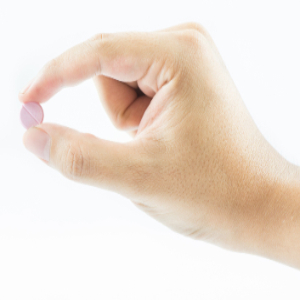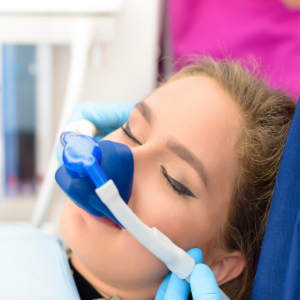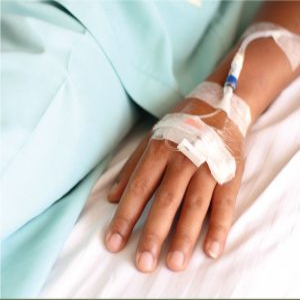Sedation Dentistry
For people who avoid dentists like the plague, sedation dentistry may take away some of their anxiety. Sedation can be used for everything from invasive procedures to a simple tooth cleaning. How it's used depends on the severity of the fear.
Sedation dentistry uses medication to help patients relax during dental procedures. It's sometimes referred to as "sleep dentistry".
The levels of sedation include:

Oral Sedation/Mild Sedation
Depending on the total dose given, oral sedation can range from minimal to moderate. For minimal sedation, you take a pill. Typically, the pill is Halcion, which is a member of the same drug family as Valium, and it's usually taken about an hour before the procedure. The pill will make you drowsy, although you'll still be awake. A larger dose may be given to produce moderate sedation. This is the type of anesthesia most commonly associated with sedation dentistry. Some people become groggy enough from moderate oral sedation to actually fall asleep during the procedure. They usually can be awakened with a gentle shake.

Nitrous Oxide Sedation (Laughing Gas)
You breathe nitrous oxide -- otherwise known as "laughing gas" -- combined with oxygen through a mask that's placed over your nose. The gas helps you relax. Your dentist can control the amount of sedation you receive, and the gas tends to wear off quickly. This is the only form of sedation where you may be able to drive yourself home after the procedure.

IV Sedation (Deep Sleep)
You will get medications that will make you either almost unconscious or totally unconscious -- deeply asleep -- during the procedure. While you are under general anesthesia, you cannot easily be awakened until the effects of the anesthesia wear off or are reversed with medication.





